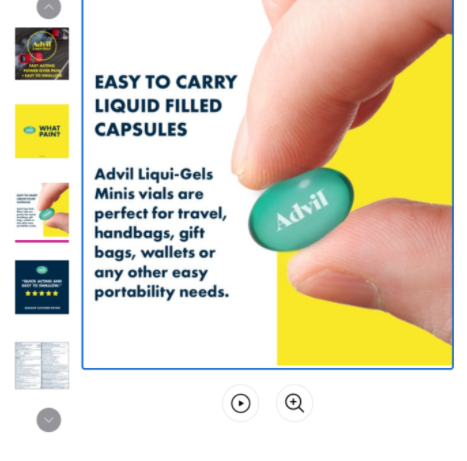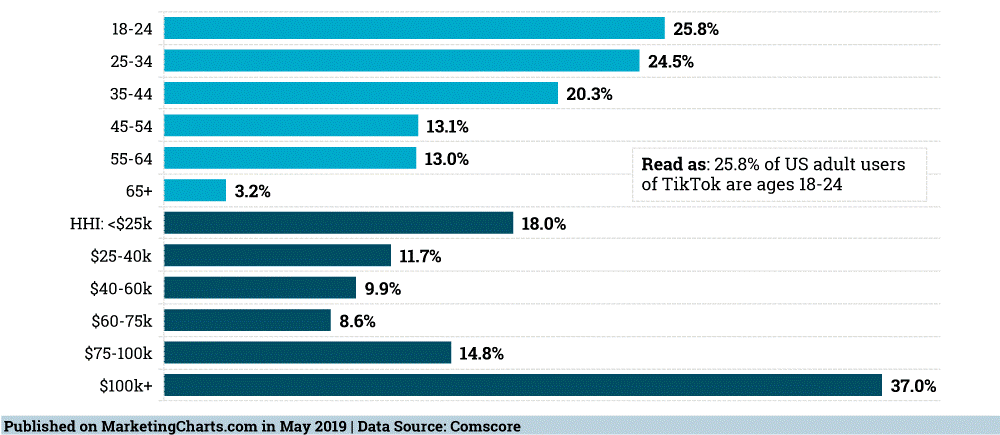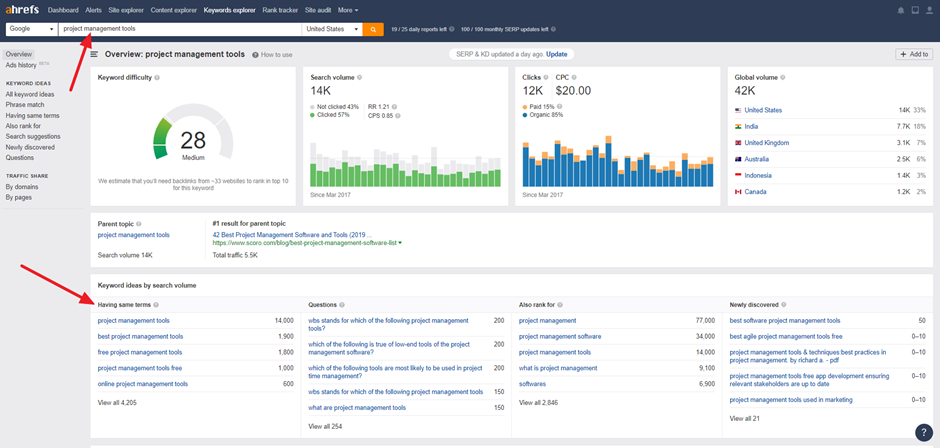Shopify is a full-service e-commerce platform that allows businesses to start, grow, and manage their online retail brand. Users can sell products in multiple places, including pop-ups, brick and mortar, online shops, social media platforms, mobile shops, and websites.
In this article we’ll talk about Shopify SEO in detail, and explain how advertisers can prosper using the platform. Most importantly, you’ll learn how to use this tool to your advantage!
What is Shopify SEO?
Shopify SEO also means search engine optimization improvements are unique to the platform rather than attached to a search engine like Google or Yahoo. Since Shopify has its own stores, some can have useful SEO assistance. Below are some of our top recommendations:
- Take away any unnecessary Shopify apps
- Make images smaller using crush.pics
- Master product variant pages
- Add these words to the structured data: product, article, and breadcrumb list
- Make sure to create blog content for specific keywords with honest intent
- Make sure to duplicate any URLs that are paginated
- Take away any duplicate URLS from internal linking architecture
How Does It Work?
Shopify SEO can actually be accomplished in a few short steps. Follow along to optimize your store for their search engine:
- Make sure the keyword research is relevant to the products and brand. Ask yourself what search terms customers would look for at the store.
- Add keywords to your content. These can be added into spots such as page titles, image alt text, and descriptions.
- Ensure that the URLs and file names correspond with the current content, which makes it much easier to stay organized.
- Add the full domain name into the Google Search Console. This is so the website can be searched easily.
This How to Optimize Shopify SEO
In only a few short bullet points we’ll go into further detail on how to optimize Shopify for SEO. By taking the following actions you can make it easier for your Shopify in the search engine. Make sure to consider these steps:
- It’s important for menu items to explain their content.
- Keep menu items in order so they make sense for your Shopify store.
- The menu item’s link should match the title of each linked page.
- Make sure each link is within your online store navigation.
- As a rule, don’t allow pages to be more than three clicks away from the home page.
These Are the Best Practices
Now that we know how to use SEO optimization for Shopify, let’s look into its best practices. Each of the following three will help your business on the commerce platform.
Use Descriptive Image Filenames: Images and videos do so much better for SEO. Their initial filename when saved can get confusing, so it’s best to be as detailed as possible. Use the following steps.
- Save the original file with a specific, detailed filename.
- On your Shopify admin page, go to the All Products section.
- Select the name of the product with an image that needs updating.
- Click Add Images. You’ll select that same renamed file and upload it to Shopify.
Use Descriptive Text for Internal Links: If you link a page in your online store somewhere like a product page or a blog post, make sure to use descriptive links in the text.
Increase the Number of Links to Your Specific Store: Using links for your online store from other websites helps search engines know the website is popular, and that it can be trusted.
You can also purchase paid links, but that may contribute to even lower rankings.
Our Final Thoughts
Shopify SEO is an important aspect to keep your business thriving. It’s the most effective tool for new and existing customers to find your online business on Shopify.
What do you think about Shopify SEO? Do you think this tool can help your business thrive? Tell us if you’re a current Shopify user, or if you plan to use it in the future.








